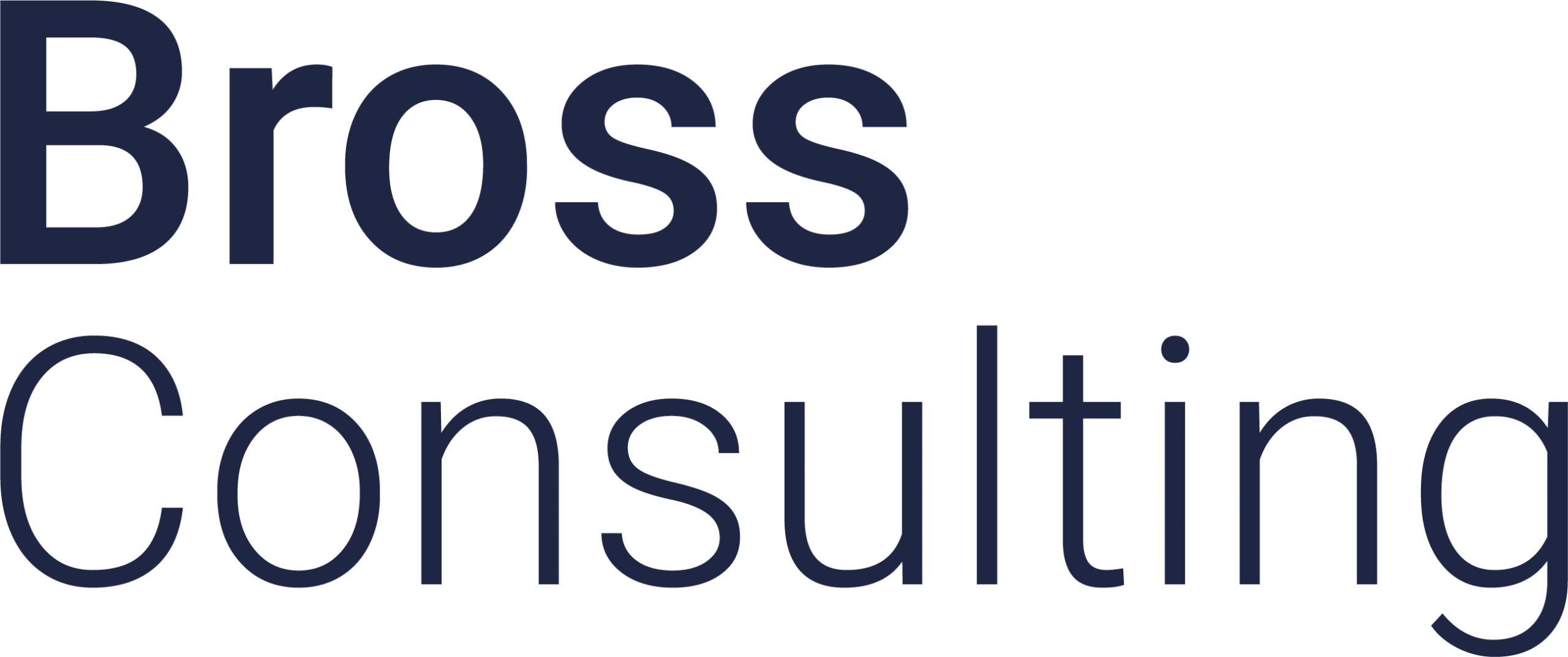Lean management and the benefits for your company
Lean management is a corporate philosophy that aims to maximize value creation for the customer while minimizing waste.1 The term lean management was coined in the 1980s when a study by the Massachusetts Institute of Technology (MIT) analyzed Toyotas2 production system and found it to be superior to the traditional mass production system. Lean management is thus a holistic and dynamic strategy that strives for continuous improvement in quality, cost, delivery time and flexibility by involving employees, meeting customer needs and eliminating waste.
Basic ideas and principles of lean management
Lean management is based on five fundamental guiding principles that should shape the way employees think. These are proactive, sensitive, holistic, potential-oriented and economic thinking. Proactive thinking means that employees act with foresight, prepare their actions comprehensively and focus on processes rather than results. Sensitive thinking means that employees are open to information from inside and outside, use all their senses, accept feelings and moods and see disruptions as stimuli for development.
Holistic thinking means that employees focus on the overall system, assess the value of their actions according to the benefit for the system, utilize the forces of the whole and build networks instead of dual relationships. Thinking in terms of potential means that employees utilize the resources of themselves, suppliers, customers and competitors, eliminate the separation of thinking and working, eliminate mistakes, create aligned interests and share the jointly achieved benefits fairly. Economic thinking means that employees define all non-value-adding activities as waste, act sparingly internally but not in front of the customer and avoid conflicts because they mean costs.
Ten principles can be derived from these guiding principles, which should guide the practical implementation of lean management. These are the focus of all activities on the customer, concentration on the company’s own strengths, optimization of business processes, continuous improvement of quality, internal customer orientation as a guiding principle, personal responsibility, empowerment and teamwork of employees, decentralized, customer-oriented structures, management as a service to employees, open information and feedback processes and a change in attitude and culture within the company. These principles should help the company to achieve a high level of customer satisfaction, high employee motivation, high process efficiency and a high level of innovation.
The eight types of waste in processes
Lean management aims to identify and eliminate waste in all processes. Waste is anything that does not create value for the customer or is not necessary to fulfill the process. The eight types of waste in processes are unsynchronized processes, waiting times, information inventories, non-interlocking systems, over- and underspecification, deficient information, unused knowledge and duplication of effort. Unsynchronized processes are those that are not coordinated with each other, leading to frequent changes, budget and time overruns. Waiting times are those caused by non-transparent processes, resulting in waiting times for people, systems or other processes. Information inventories are those that contain superfluous information that complicates the process and does not benefit the customer. Non-interlinked systems are those that contain actors and actions that are not coordinated with each other, which leads to inefficiencies in the processes.
Overspecification and underspecification is information that concerns products or employees that do not meet the requirements, leading to a waste of resources or potential. Defective information is information that is incomplete, incorrect or too immature when it reaches its recipient, which leads to further errors in the process. Unused knowledge is knowledge that is not used by the actors involved in a process, even though it could be helpful to the process. Duplicate work is that which arises due to a lack of coordination in the system, which leads to new inventions, unnecessary rework or changes.
Differentiation of lean management from other principles
Lean production is a term that is often used synonymously with lean management, but is actually only one aspect of it. Lean production refers specifically to the application of lean principles and methods in production in order to increase productivity, quality and flexibility and reduce costs, inventories and throughput times. Lean production includes concepts such as flow production, the pull principle, just-in-time, Kanban, Poka Yoke, 5S, Kaizen, value stream mapping and total productive maintenance. Lean production is strongly inspired by the Toyota production system, which is regarded as a pioneer and role model for lean production.
The Toyota Production System is the result of many years of development based on the ideas of Taiichi Ohno and Kiichiro Toyoda, who introduced flexible and customer-oriented manufacturing in Japan in the 1950s and 1960s. The Toyota production system is based on two central principles: Jidoka and just-in-time. Jidoka means that quality is integrated into the process and that any employee or machine can stop production if a fault occurs. Just-in-time means that production responds only to actual customer demand and that material and information flows are continuous and synchronized. The Toyota Production System aims to eliminate waste and maximize value by involving employees, meeting customer needs and striving for continuous improvement.
